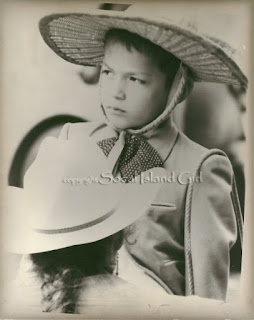
This is going to sound a little crazy. I already own an Omega B66 b&w enlarger which I bought for $40 off CL 2 years back and have printed very successfully from it (after tweaking it and adding ND filter to increase printing time). Unfortunately, I am in the Bay Area for a couple of months without it and desperately wanted to print (my creative pursuit). I checked out what is left in the rental darkroom scene from San Jose to San Francisco, and decided that they are too expensive since they go by the hour or a combination of one time membership fee plus a reduced hourly fee. I much prefer the comfort of printing at home in peace. So, you guess it, I bought another enlarger off CL again. This time it is the Beseler 23C II (the earlier version with the blue condenser enlarger head). Paid $120 for it. Besides the enlarger, there were a nice timer, a safe light, 4 negative carriers including 4.5x6 and 6x6 beg carriers, extra 38mm and 80mm enlarging lens, an almost new Saunders 4 blade 11x14 easel, 10+ stainless steel developing reels and tanks, and "several hundreds" of dollars of old fiber papers from 8x10 all the way to 16x20, still in their boxes and sealed. If 1/10th of the papers were any good, I would have recovered more than what I paid for, and the Beseler 23C II would be a bonus!! There was also a box of Zone VI Studios Grade 2 papers in the pile, I understand they were the standard until Multigrade papers came along.

So I proceeded to set up my makeshift darkroom. There were two windows and a door that needed to be light tight. I taped the windows with black plastic sheeting from Home Depot and created a temporary workbench for the trays by putting a 2x4 plywood panel also from Home Depot over two plastic cabinets. Bought a fresh developer and stop bath from Kaufman's camera, and they "donated" a piece of perspex for my contact print (it worked). Printing was done after sundown (now you see why I wish the sun would set sooner so I get a few extra hours of printing at night). After some experimenting, I was able to settle into the printing routine.
A few notes:
I used RC paper for contact print, at 3-5 sec increments, depending on the tone/contrast
After looking at the contact print, I decided to test print an image I shot at the recent Cinco de Mayo parade in San Jose on Zone VI Studio Grade 2. There was more contrast on the contact print than I wanted so I thought printing on Grade 2 paper would be a good compromise (I am still waiting for my filter pack to arrive). See the first image above of the young boy dressed in cowboy attire getting ready for the parade...the old Zone VI Grade 2 fiber paper probably gave the print its warm and aged look.....still experimenting....
The daisy shot (above) on the other hand was printed on regular Multigrade Fiber Paper with a #3 filter. When I looked at the contact print, it had nice shadows and highlights (the #3 filter was the only filter that came with the enlarger). I like the result, particularly the grain, which was very visible when enlarging to 11x14. I might add this was shot with Ilford Harman Infrared SPX200 (with orange filter). It was the first time I used Ilford SPX 200 and I love it. It has a nice soft tonal range and the highlights are a touch ghost white while the shadows are soft black, nice tonal range overall. Looking at how my scenics and still life turned out, I will definitely be shooting a lot more of the Ilford Infrared SPX 200 film.

